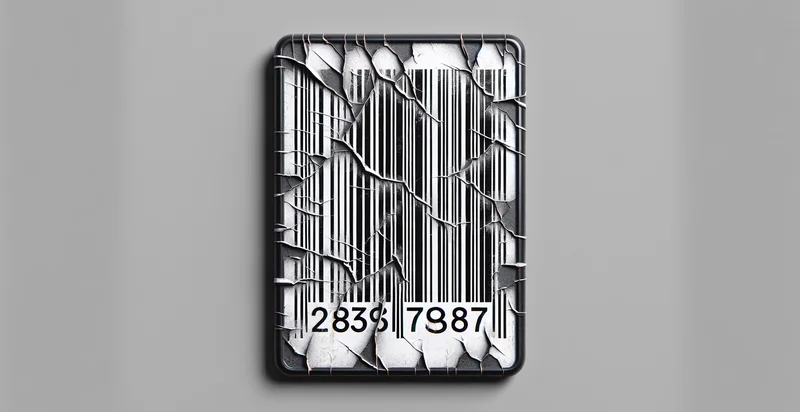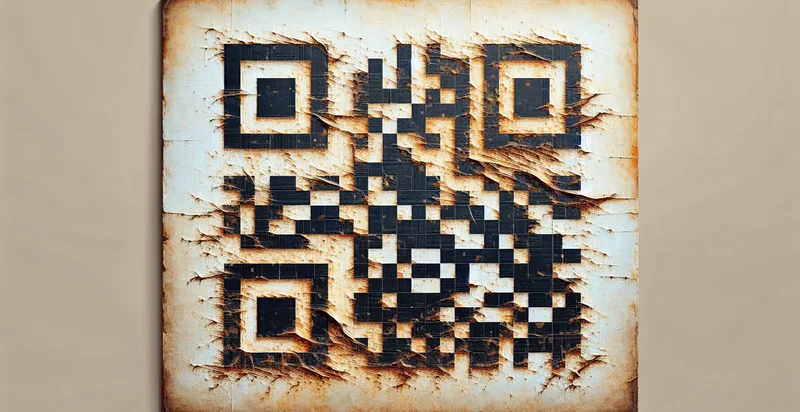Identify damaged vs intact
using AI
Below is a free classifier to identify damaged vs intact. Just upload your image, and our AI will predict if the object is damaged or intact - in just seconds.

Contact us for API access
Or, use Nyckel to build highly-accurate custom classifiers in just minutes. No PhD required.
Get started
import nyckel
credentials = nyckel.Credentials("YOUR_CLIENT_ID", "YOUR_CLIENT_SECRET")
nyckel.invoke("damaged-vs-intact", "your_image_url", credentials)
fetch('https://www.nyckel.com/v1/functions/damaged-vs-intact/invoke', {
method: 'POST',
headers: {
'Authorization': 'Bearer ' + 'YOUR_BEARER_TOKEN',
'Content-Type': 'application/json',
},
body: JSON.stringify(
{"data": "your_image_url"}
)
})
.then(response => response.json())
.then(data => console.log(data));
curl -X POST \
-H "Content-Type: application/json" \
-H "Authorization: Bearer YOUR_BEARER_TOKEN" \
-d '{"data": "your_image_url"}' \
https://www.nyckel.com/v1/functions/damaged-vs-intact/invoke
How this classifier works
To start, upload your image. Our AI tool will then predict if the object is damaged or intact.
This pretrained image model uses a Nyckel-created dataset and has 2 labels, including Damaged and Intact.
We'll also show a confidence score (the higher the number, the more confident the AI model is around if the object is damaged or intact).
Whether you're just curious or building damaged vs intact detection into your application, we hope our classifier proves helpful.
Related Classifiers
Need to identify damaged vs intact at scale?
Get API or Zapier access to this classifier for free. It's perfect for:
- Quality Control in Manufacturing: The 'damaged vs intact' image classification function can be integrated into manufacturing lines to automatically assess the condition of products. By identifying damaged items in real time, companies can reduce waste and ensure only quality products reach consumers.
- Retail Inventory Management: Retailers can utilize this function to inspect inventory before it is shelved or shipped. This ensures that only intact products are sold, improving customer satisfaction and decreasing returns caused by damaged goods.
- Logistics and Shipping Verification: Shipping companies can apply the image classification technology to verify the condition of packages before they leave the warehouse. This helps reduce disputes related to damages during transit and enhances accountability in the shipping process.
- Insurance Claims Processing: Insurance companies can use this function to quickly assess the condition of items submitted in claims. By accurately determining if an item is damaged or intact, they can expedite the claims process and reduce fraud risks.
- E-commerce Return Management: E-commerce platforms can leverage the classification function to evaluate returned products. This allows them to efficiently process returns and decide whether to restock items, dispose of them, or send damaged goods for repairs.
- Asset Management in Facilities: Facilities management teams can utilize the image classification system to conduct regular inspections of equipment and assets. By identifying damaged items promptly, they can prevent downtime and facilitate timely maintenance.
- Construction Site Safety Inspection: Construction companies can implement this function to assess the condition of materials and equipment on-site. By identifying damaged tools or materials early, they can uphold safety standards and avoid potential hazards related to faulty equipment.


